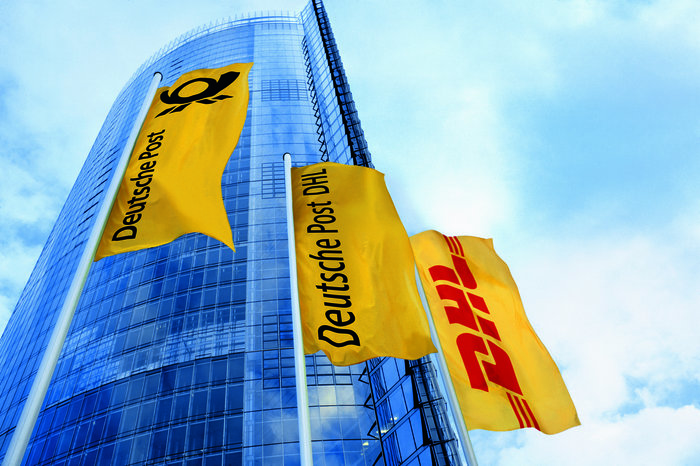Parcel delivery and logistics provider DHL has released its latest research report on digitization in the supply chain. The report demonstrates how new technologies and solutions are developing at a fast-pace and disrupting industries on multiple fronts, with supply chains struggling to keep up.
The global survey of nearly 350 supply chain and operations professionals reveals that 95% of respondents are not fully capitalizing on the potential benefits that physical innovations and information solutions offer.
Commissioned by DHL, Digitalization and the supply chain: Where are we and what’s next? is a report by Lisa Harrington, president of the LHarrington group, that identifies how industry is coping with the fast-changing and disruptive environment posed by the rise of digitization in the supply chain.
Next-generation robotics, artificial intelligence (AI), automated vehicles (AV), blockchain, big data analytics and sensors are just some of the technologies which businesses must now consider integrating into their operations and supply chain strategies.
Harrington said, “There is no doubt that digitalization is having an incredible impact on supply chains and operations across the globe and is here to stay. Companies are faced with many options as new products and applications enter the market and gain acceptance in the industry.
“Having a purposeful strategy for supply chain digitalization is now essential to assess the new technological landscape and chart a way forward to reap the benefits and stay ahead of the competition.”
Respondents ranked big data analytics as the most important information solution with 73% investing in this technology, ahead of cloud-based applications at 63%, the Internet of Things (IOT) at 54%, blockchain at 51%, machine learning at 46% and the sharing economy at 34%.
Importance in physical hardware has focused on robotics with 63% of respondents ranking it as the most important physical technology, beating AVs at 40%, 3D printing at 33%, and augmented reality and drones at 28%.
Businesses are beginning to test the waters with 39% reporting that they are developing information or analytics solutions, but only 31% are doing the same for physical applications.
The underlying reasons for the slow pace are symptomatic of traditional organizational change scenarios. For hardware technology applications, 68% of respondents said that reliability was the top concern, while 65% reported a resistance to change in their organization followed by insufficient or prolonged return on investment at 64%.
Comparatively, for information and analytics solutions, 78% of respondents reported that organizational siloes and legacy systems were the top impediments, followed by a lack of specialized talent expertise at 70%.
José F Nava, chief development officer, DHL Supply Chain, said, “This is a transformative juncture for the supply chain industry. The traditional model is facing unprecedented levels of disruption from new hardware technologies combined with information and analytics solutions. Technology offers considerable opportunity to reduce cost and improve profitability but it also means businesses that fail to adapt risk getting left behind. Our customers are increasingly looking to us to lead the way during this transition.
“One example demonstrating how DHL is also looking into future technologies is blockchain, where we are partnering with Accenture to test a concept that is aimed at preventing the counterfeiting of drugs, which Interpol estimates kill one million people each year.
“This trial incorporates blockchain into the pharmaceutical supply chain via a track-and-trace serialization system. This allows us to securely capture the unique identifier of each unit of a pharmaceutical shipment as it moves through the supply chain. The technology is nascent, yet promising, and we are excited about the opportunities it could bring to our customers in the future.”
To download a copy of Digitalization and the supply chain: Where are we and what’s next? click here.
March 6, 2018


